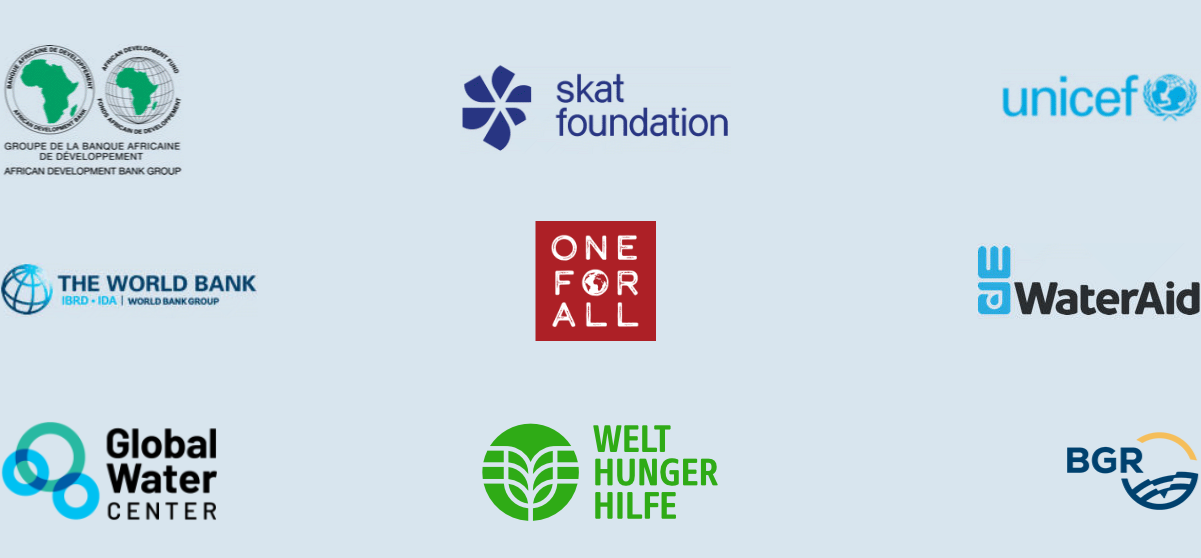Find out how to collaborate with RWSN
Technological Innovations for Rural Water Supply in Low-resource Settings CHALLENGES OF RURAL WATER SUPPLY

Technological Innovations for Rural Water
© 2022 Aquaya • Aquaya
Project starts:
Project finished:
Collaborators & Partners: Aquaya Institute, Aguaconsult, ATREE, KNUST, RWSN, Skat Foundation, Safe Water Network, Water Mission
Funder: USAID
Summary
Globally, the Sustainable Development Goals (2015–2030) are driving efforts to increase water service levels, while ensuring that services are affordable and no vulnerable population is left behind. In concert with global development goals, the United States Agency for International Development (USAID) Rural Evidence and Learning for Water (REAL-Water; 2021–2026) program focuses on identifying ways to expand water access and safety in rural areas of low- and middle-income countries. Rural areas pose special challenges for water supply, as homes may be too few or too dispersed to justify the cost of installing underground pipes from a high-quality water supply source or a centralized drinking water treatment facility. As of 2020, the majority of people lacking even basic water services (i.e., water from a protected source requiring no more than 30 minutes to collect) lived in rural areas.
Project Description
REPORT OBJECTIVES
This report provides an overview of water supply technologies that are innovative in either design or application (i.e., not yet commonplace) and promising (i.e., show potential for advantages exceeding the status quo) in rural areas such as small villages and dispersed settlements. It highlights categories of high-technology concepts (i.e., advanced electronic devices, materials, and designs) that offer a greater range of options to decision-makers, donors, practitioners, and consumers who manage rural water supplies.
TECHNOLOGY SYNOPSES
The report covers nine modules with information on technological innovations for safe rural water supplies, arranged roughly in order of the cycle from the water source to point of consumption. Each technological innovation section discusses the background (need for the technology), solutions (technical offerings), and examples in practice. “Pros” summarize the innovation’s advantages relative to other options (the status quo), while “cons” summarize the relative disadvantages. We also comment on the stage of development, marketing considerations (including whether the innovation’s appeal or applicability is limited to specific contexts), and scale of dissemination globally.
Innovations:
1. Solar Pumps
2. Community-Scale Disinfection
3. Membrane Filtration
4. Reverse Osmosis
5. Smart Meters.
6. Digital Payments
7. Decentralized Water Quality Testing
8. Sensors
9. Digital Management Applications
More Information
» Technological Innovations for Rural Water Supply in Low-Resource Settings
Learning Note and Report







 Google Übersetzer
Google Übersetzer